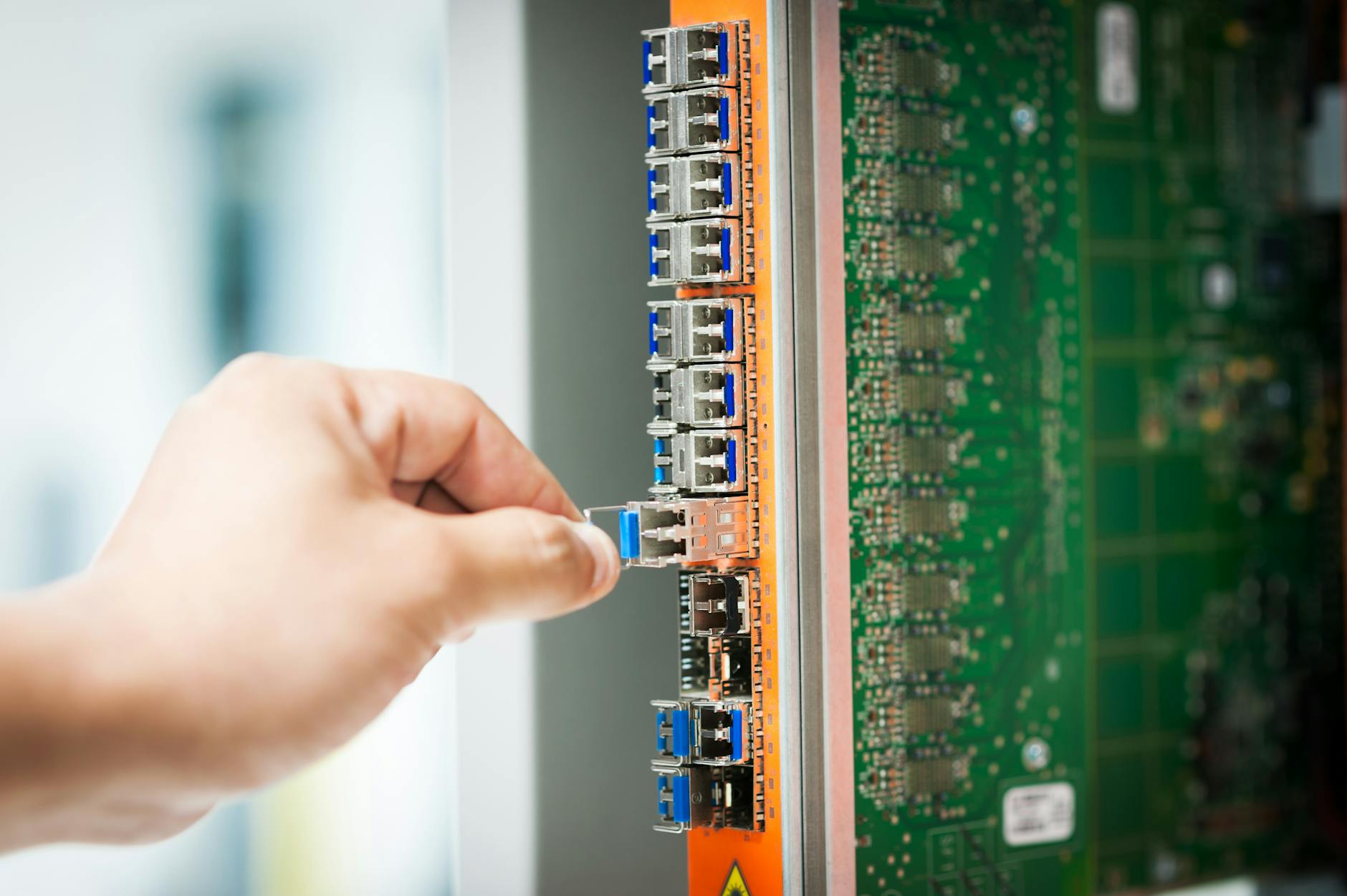Tl:dr
So Paul asked me for a friend, should I get a second internet provider. Things are slow at home.
Most of the time probably not. Make sure it’s not a problem inside then upgrade to the fastest you can afford do watch fir expensive data caps.
Decoder ring
The decoder ring for the below is that Spectrum or other internet service provider (ISP) provides:
1. The wide area network (WAN) then in the house there is a modem that converts cable or phone to Ethernet. In the US there is typically only one company that has the cable monopoly ans then another with the phone. In say Tennessee that might be Spectrum and AT&T. Or in Seattle, Comcast and CenturyLink. Sometimes in cities you will get a fiber company like Wave and then there is satellite like Starlink.
2. Then a router which lets the internal local area network (LAN) connect multiple Ethernet wired ports.
3. And wifi access point to connect phones and things.
Many times ISP will rent you a combo box that is a modem/router/access point which has a cable input, multiple Ethernet ports and also a wifi access point. So for most folks it’s super confusing and ISPs love renting these $100 boxes for $15-25/month. Do the math.
They also love bundling high margin services like TV and Phone. Oh and I forgot they like charging long time customers the most expensive rates too 😀
First check your current speeds
Many times I’ve found that it’s not the package you are buying but a problem with your current hardware. So, check your bandwidth with Speedtest.com and see if ur getting what u pay for. Lots of times something in this long chain of boxes isn’t working well. In my case, for a long time, I had outages and low speed like 10Mbps instead of 100.
If the bandwidth looks ok but performance is still terrible, a little more technical test is figuring out if you have high latency. At ping-test.net should show in the 100ms pings and ideally less. Bad latency really screws up zoom or games.
The typical fix is to reboot modems which are mainly pieces of junk in that they can get overwhelmed. Run out of memory and so forth. I find that if there’s a lot of traffic from diverse sources for instance my cable modem looks fine but is just slow. Reboot the whole chain.
Do certain clients seem really slow then it could be cheap consumer wifi access points. Those are also horrible. So it could be that more or better APs are needed. A low signal in your house right after modem reboots is the source of many problems. See if the stuff wired directly to the router is fast. Then investment in higher grade wifi is a good idea. Unifi Dream Machines for instance are expensive but fast. Having cheapo wifi is kind of like buying a Porsche and fitting it with bicycle tires.
If all that seems Ok but you are getting way less than what they advertise, if you are on cable and live in a crowded suburb, then remember Cable is a shared infrastructure. So for instance if everyone is streaming movies at 8pm the entire neighborhood can slow down. You can tell this by doing that test off peak say at 6am and then at say 8pm.
So if it’s your house or the neighborhood, Complaining can sometimes help. Usually the best way is to tweet directly to ceo as most cable companies are a monopolistic wall of indifference. One guy, no kidding did a quarter page ad in the Wall St Journal so AT&Ts CEO team could see it. There are a sea of MBAs in these companies office that look for this. I guess you could try calling the local number as well. 🙁
Finally. It’s worth seeing if there is a higher rate plan at a lower cost. ISPs change plans all the time without notifying customers. This is apparently legal. You are bound to the contract to pay, but the contract allows them to change anytime they want without notification. As an example, I was on an unlimited plan and they switched me to metered without any email at all. The good news is that it’s typical to get 30% more bandwidth at 20% lower prices because most ISPs do not tell their customers about new plans as those are loss leaders for them for new customers. . }#%#^#!!!
Net, net check the internals first. Typical fix by the way is a much cheaper to upgrade of stuff inside.
Switching providers or, gulp, using two
If that is good time to look outside to see what else there is:
- Usually, it best to get as much bandwidth from a single provider. I need to know the exact location but math usually favors a bandwidth sweet spot so divide the cost by bandwidth. Here, for instance, 300Mbps costs $70, and 1Gb costs $100 in a random location in Lexington Kentucky. It is no accident that these are exactly the same prices for Comcast in Seattle.
- You want to stick with one provider if you can. For instance, In Lexington, there are some houses served by Windstream, They have a 3 months promo for 1Gbps at $55. Then $88. This is way simpler than Spectrum is 1Gbps for the same price. Typically, however, you only have one cable provider in an area. They have a monopoly so it’s likely that you can get EITHER Windstream or Spectrum but not both. Usually the other monopoly is the phone company and then maybe satellite or sometimes a mobile wireless company (argh us telecommunications is expensive and monopolistic!)
- Finally, there’s usually a technical limit due to last-mile infrastructure. For instance, here our phone company is maxed at 2Mb for $50 so not worth it because our local phone company has not upgraded the lines to our location yet.
- But if you can get so so bandwidth from two and you need more bandwidth than a single one, only then should you think about two providers. The complexity here is that you need a fancier router that can take traffic and split it between the two (technically this is called dual wide area network or WAN routing)
- You typically need to get a more expensive router that has TWO ports that connect upstream. So you can plug in Spectrum and someone else. There are routers that do this. (I have one as I await Elon musks Starlink satellite Internet or Wave to finally reach our house). These are not easy to setup though but the Unifi Edge Router as is the Linksys dual-wan router are good. See reviews like those at https://www.netgenie.net/reviews/best-dual-wan-router.html
- The main issue is that you have to be a bit of techie to set them up. Also, if you do have two then you have redundancy so if one goes down, you can automatically switch over. That is the main use of the dual-WAN routers.
- Now there is an even simpler trick though if you don’t want to do that, if you have a user who is much heavier, you could simply have two networks. I have a buddy who did this, he had *two* gigabit ISPs and just had two Wifi networks, one for him and his business and another for the rest of his house. That can work as well if you just want to manually split traffic.







